Exploring the Hidden Gems: Top Things To Do in Ziro Valley
Nestled in the lap of Arunachal Pradesh, Ziro Valley is a paradise for nature lovers, adventure seekers, and culture enthusiasts. Known for its lush green landscapes, rolling rice fields, and the unique Apatani tribal culture, this picturesque valley offers a perfect escape from city life. Whether you want to trek through dense pine forests, explore serene villages, or immerse yourself in the vibrant Ziro Music Festival, there’s something for everyone. From breathtaking viewpoints to traditional handloom markets, Ziro Valley promises an unforgettable experience. Here’s a guide to the top things to do in Ziro Valley for an enriching and adventurous journey.
Book here Arunachal Pradesh Tour Packages.
Top 8 Things To Do Ziro Valley
1. Villages in Apatani
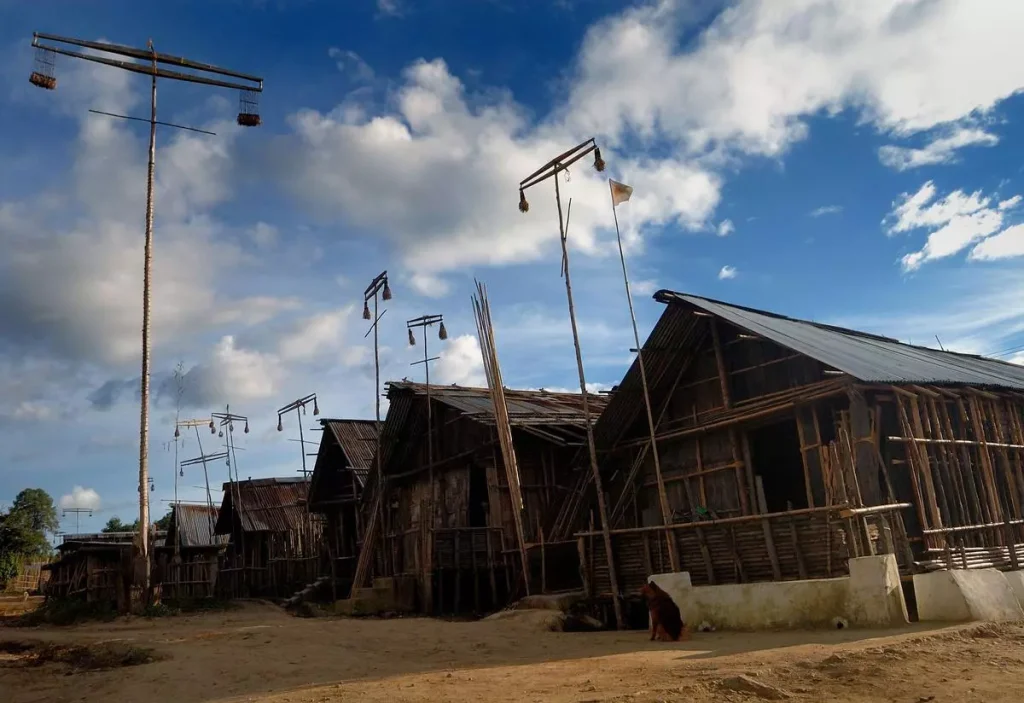
Places like Hong, Hari, Bula, Baro, and Siiro are the greatest places to encounter Apatani native culture. The clan or the sons of Abotani are represented by the names of the settlements. Traditional stilt-built wooden cottages still stand in the communities. Since the Apatanis were frequently subjected to raids by the hostile surrounding tribes, most communities were small, with houses constructed near to one another. Every town has a platform called the Lapan in the middle that is used as a gathering place for all events. Most homes also have tall Babo totem poles in front that represent the number of family members. During guided tours of the villages, one may stroll through them, visit homes, and engage with the elderly Apatani villagers who still wear nose plugs and have tattoos on their faces.
2. Plantations for rice
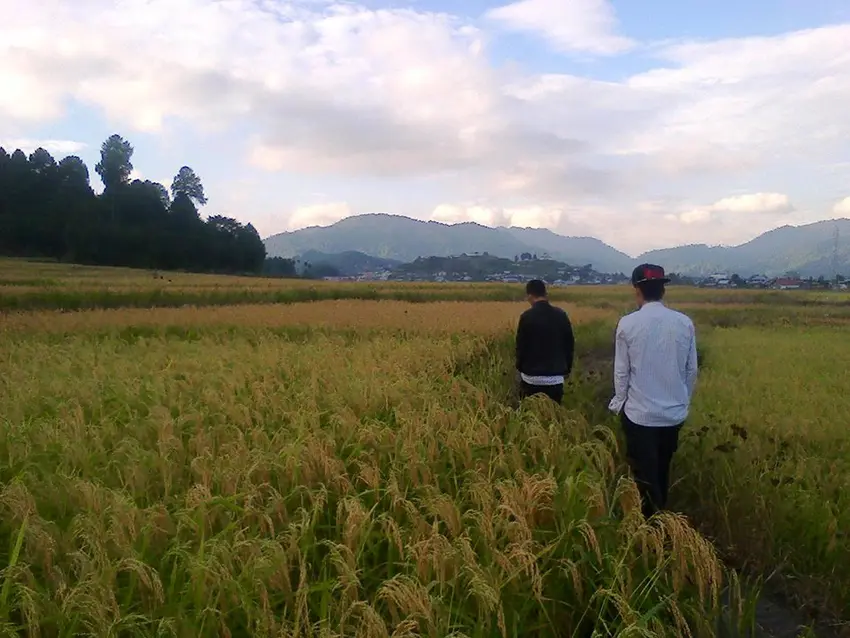
Become an essential component of the scenery, which heightens the valley’s splendour. Since many farmers still use traditional agricultural methods, the terraced rice fields are organic. Men tend to travel into the forests to gather bamboo and timber, while women are primarily seen labouring on farms. Wading through the streams that cross one another, one can stroll among the farms and little granaries. The farms are distinct since they raise fish as well as other everyday crops. The Apatani people practice permaculture deeply ingrained in their customs, and using organic waste as fertilizer is one of their many common sustainable practices.
3. Tarin Fish Farm
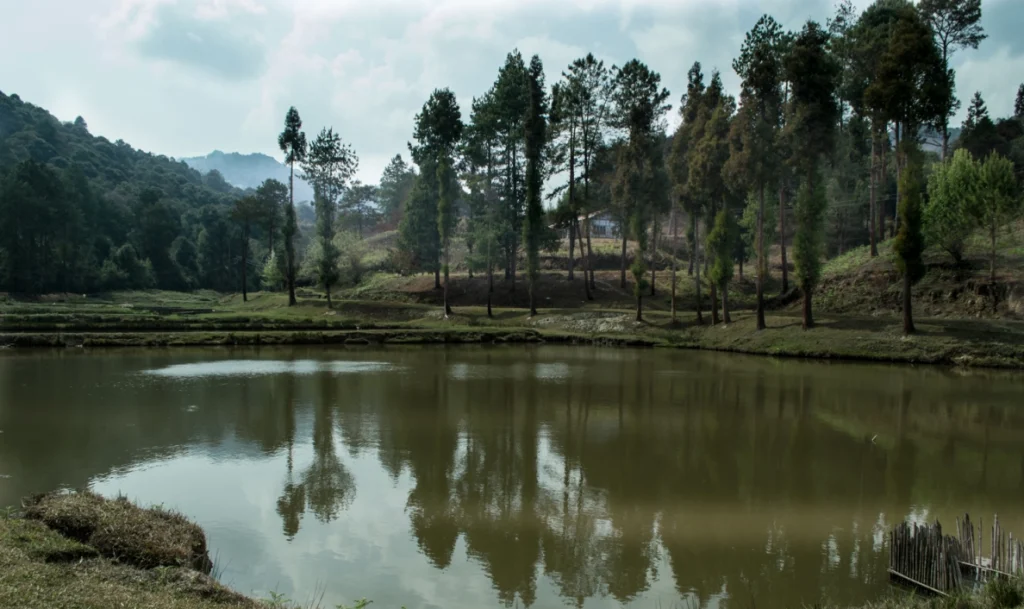
A fishery at high altitudes. Here, in the ponds, high-altitude fish are reared, and the fingerlings produced during paddy cultivation season are sold to farmers. Together, rice and Ngihi fish can be raised in the fields by the Apatani people. The methods the Apatani tribe uses to maximize the utilization of the land resources that are available to them for rice and fish farming are fascinating to watch.
4. Market in Hapoli
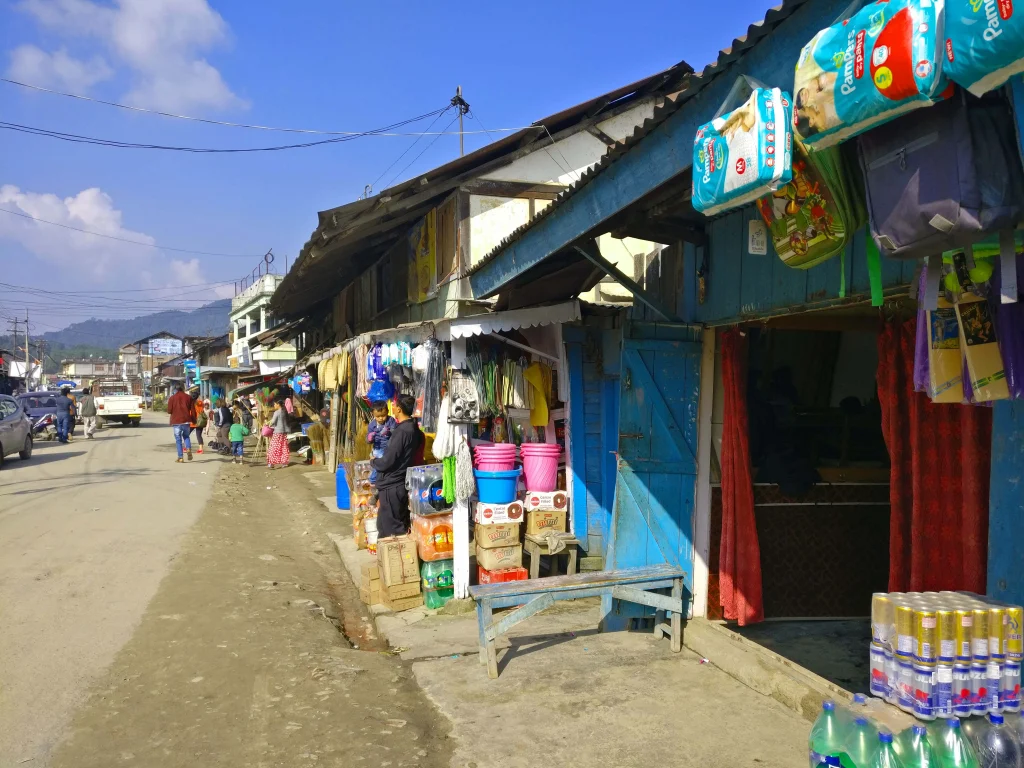
Is a fun spot to see unique foods that are served at the area restaurants. There are a variety of native plants, dried rats, frogs, beef steaks, ferns, and Tapyo salt in the stalls. Since the locals utilize these tools for everyday household tasks, there are also vendors in the market offering handcrafted cane and bamboo items. People carry off most stuff in wicker baskets, which are packed with leaves.
5. Neighborhood Museum
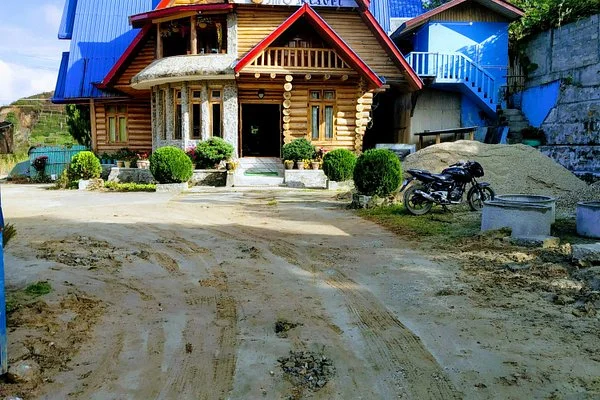
The Hapoli Library is one of Ziro’s more recent attractions. In addition to showcasing Apatani traditional artefacts, it features a tiny collection of antiquated and uncommon photos. The anthropological collection sheds light on the various tribal cultures that exist in Arunachal Pradesh. It is also a useful information resource for those who are interested in culture.
Book here Arunachal Pradesh Tour Packages.
6. Ziro Puto's Point of View
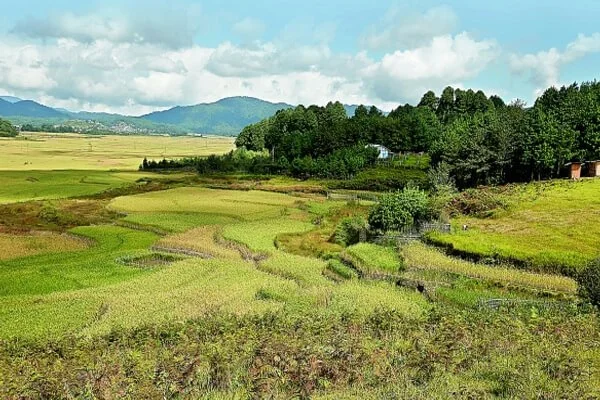
Is a little hill that is close to the airstrip. It provides an aerial perspective of Old Ziro town’s picturesque landscape, which is encircled by misty mountains, terraced rice fields, and evergreen forests. Here, after taking in Ziro’s cultural treasures, one can unwind and take in the scenery.
7. Shrine of Donyi Polo
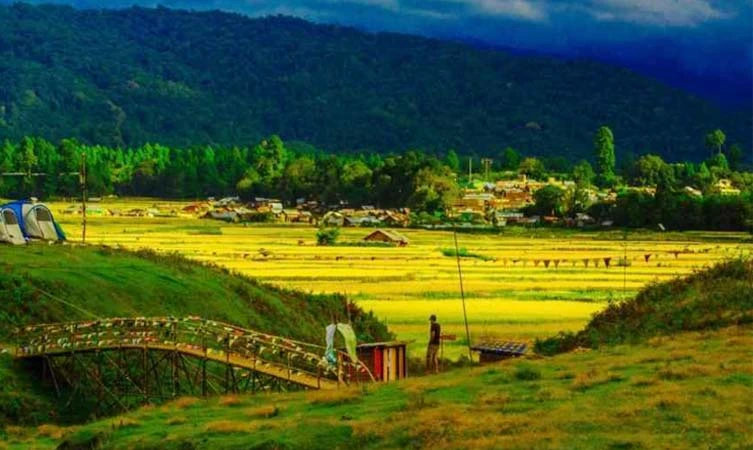
Is where the Apatani people worship. The indigenous Donyi Polo religion practised by the Apatanis involves the worship of Donyi, the sun, and Polo, the moon, in addition to their ancestor Abotani. On Sundays, villagers congregate for collective prayers. The villages of Hija, Hong, and Hari have large temples; little Nebu shrines or bamboo huts, where Shaman priests predict the future, are located close to every village.
8. House Stays
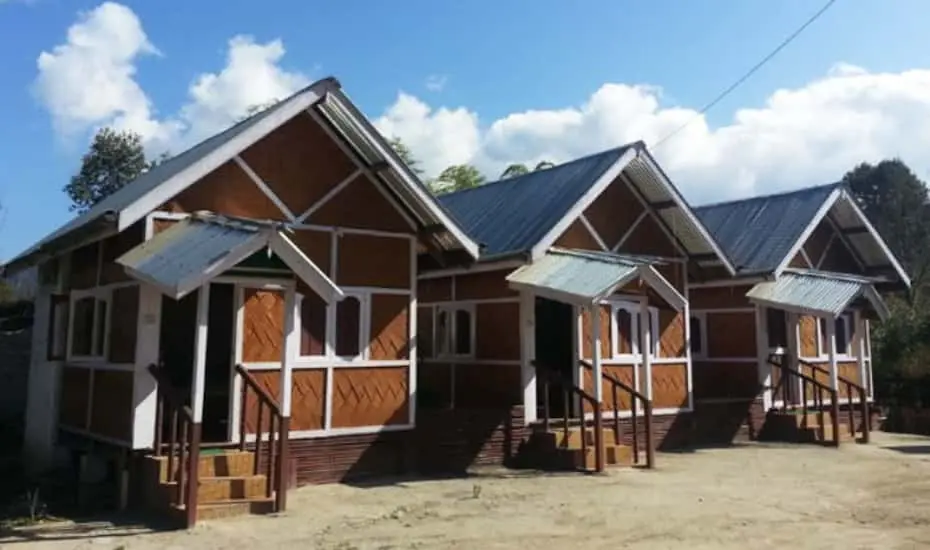
In recent times, there have been developments in travel amenities that enable us to engage in responsible tourism and have close interactions with the Apatanis. The best memories are spent sipping tea from the local teapot, sitting by the family fire on chilly nights, and learning interesting tales from recently made acquaintances.
Conclusion
In conclusion, Ziro Valley offers a plethora of unique experiences for visitors. From exploring the lush paddy fields to interacting with the local Apatani tribe and attending the vibrant Ziro Music Festival, there is no shortage of things to do in this picturesque destination. Whether you are a nature lover, culture enthusiast, or music aficionado, Ziro Valley has something to offer for everyone. Don’t miss the opportunity to immerse yourself in the beauty and charm of this hidden gem in Arunachal Pradesh, India.
Here you can also check our Arunachal Pradesh Tour Packages.
People also ask about Things to Do in Ziro Valley
1. What has made Ziro Valley popular?
It is well-known for cultivating paddy, cum, and pisciculture. The region is well-known for its terrace paddy fields, where the locals use a distinctive polyculture and water management method. The town, which is mostly home to the Apatani tribe, takes on a lively appearance during their festivals.
2. Does Ziro receive any snowfall?
Arunachal Pradesh’s Lower Subansiri district is home to the breathtaking hill station known as Ziro Valley. This region, which is well-known for the Ziro Festival of Music, usually sees snowfall in December, January, and February.
3. What is Ziro Valley cuisine?
The place’s main dish is rice, which is served in a variety of tastes with green veggies, pork, and fish. The residents’ favourite foods to eat here are momos and boiled rice wrapped in leaves. The area has a sizable population of tribal people, which contributes to the prevalence of tribal cuisine.
4. What time of year is ideal for visiting Ziro Valley?
Later winter, from October to November, when the valley is blanketed in snow, is another perfect time to visit Ziro. That being said, the months of late November through January are extremely cold—they can drop as low as -13 degrees Celsius—and should be avoided.
5. What occurs at the Festival of Ziro?
From rock to folk, the Ziro Festival of Music features a wide range of musical styles, with a focus on up-and-coming performers from northeast India.
6. Which creatures inhabit Ziro?
The sanctuary is home to a large range of animal species, including elephants, clouded leopards, giant squirrels, barking deer, porcupines, and wild boar. It is well-known for being the home of the Mithun, a buffalo and wild gaur hybrid.
7. What is Ziro's elevation in feet?
ZIRO (Arunachal Pradesh): One of the few locations in the world where nature and customs are still preserved is Ziro Valley, which is located in the Lower Subansari district of Arunachal Pradesh at a height of 5,600 feet above sea level. Ziro is a nature lover’s and adventure seeker’s paradise.
8. The Oxygen festival is where?
It was held at the Punchestown Racecourse in County Kildare, Ireland, and drew an average attendance of over 60,000 people every day, of which about 50,000 camped there the entire time and the remaining attendees travelled there every day.
